DC servo motor, which comprises a stator, a rotor core, a motor shaft, a servo motor winding commutator, a servo motor winding, a speed measuring motor winding, a speed measuring motor commutator, and the rotor core is stacked and fixed by a steel sheet It is formed on the motor shaft. The servo is mainly positioned by pulse. It can be basically understood that when the servo motor receives one pulse, it will rotate the angle corresponding to one pulse to realize the displacement. Because the servo motor itself has the function of emitting pulses, the servo motor has every When an angle is rotated, a corresponding number of pulses are emitted, so that the pulse received by the servo motor forms an echo, or a closed loop, so that the system knows how many pulses are sent to the servo motor, and how many pulses are received at the same time. In this way, the rotation of the motor can be controlled very accurately, so that accurate positioning can be achieved, which can reach 0.001 mm.
DC servo motor refers to DC brushed servo motor - high motor cost, complex structure, large starting torque, wide speed range, easy control, maintenance, but inconvenient maintenance (replacement of carbon brushes), electromagnetic interference will occur. The environment is required. Therefore it cannot be used in general industrial and civilian applications that are cost sensitive.
The DC servo motor also includes a DC brushless servo motor—the motor is small in size, light in weight, large in output, fast in response, high in speed, small in inertia, smooth in rotation, stable in torque, and limited in motor power. It is easy to realize intelligence, and its electronic commutation mode is flexible, and it can be commutated by square wave or sine wave. Motor maintenance-free, there is no carbon brush loss, high efficiency, low operating temperature, low noise, small electromagnetic radiation, long life, and can be used in various environments.
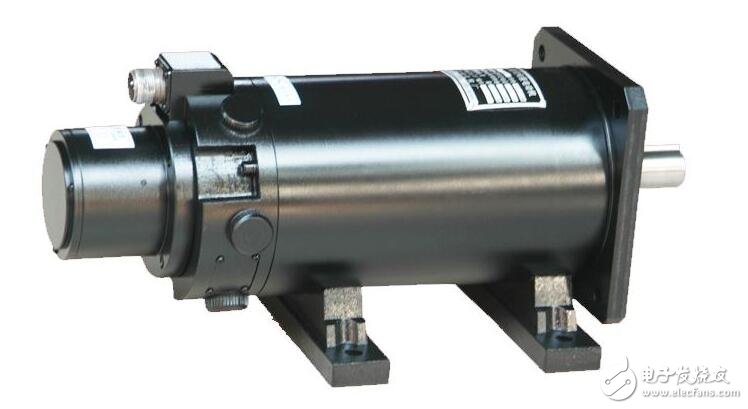
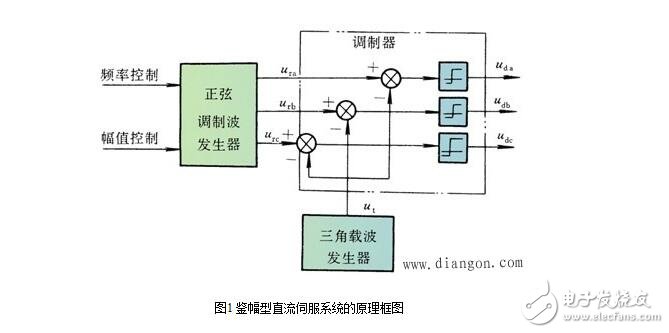
1. Position detection and signal integration
(1) Revolving transformer: It is an angular displacement measuring device whose output voltage varies with the rotation angle.
(2) Phase-sensitive amplifier: converts the AC voltage into a DC voltage proportional to it and adapts its polarity to the phase of the input AC voltage.
(3) Position detection and signal integration
2. Pulse width modulation (PWM) power amplification
Basic principle: Using the switching action of high-power electrical appliances, the DC voltage is converted into a square wave voltage of a certain frequency, and the average value of the output voltage is changed by the control of the pulse width of the other side.
(1) PWM converter
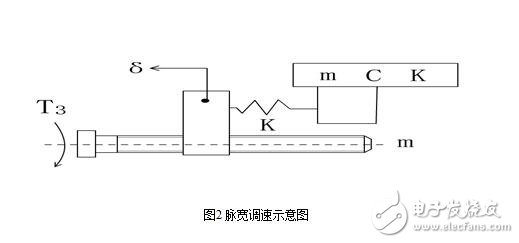

(2) Bipolar PWM converter

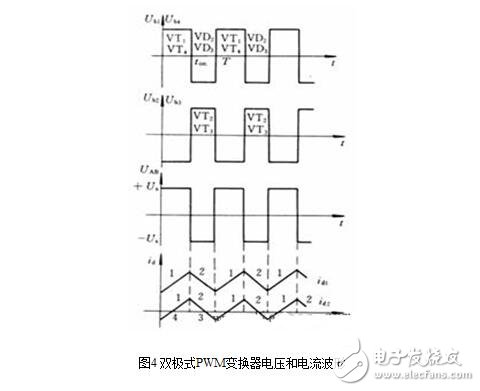
According to the figure, it is easy to derive the expression of the average voltage across the armature of the bipolar reversible PWM converter.

Bipolar PWM converter features:
advantage:
1 current continuous;
2 allows the motor to operate in four quadrants;
3 When the motor is stopped, there is a micro-vibration current, which can eliminate the friction dead zone;
4 At low speeds, the drive pulse of each transistor is still wide, and a transistor is reliably turned on;
5 Good stability at low speed and wide speed range.
Disadvantages:
During the working process, the four power transistors are in the switching state, the switching loss is large, and the accident of the upper and lower tubes is easy to occur. In order to prevent the upper and lower tubes from being turned on at the same time, a logic delay should be set between the driving pulse of one tube being turned off and the other tube being turned on.
Steady-state error analysis of DC servo system
The factors affecting the steady-state accuracy of the servo system and causing the steady-state error of the system are as follows: detection error caused by the detection component; principle error caused by the structure of the system and the input signal; disturbance error caused by the load disturbance.
1. Detection error
2. Principle error
3. Disturbance error
Dynamic correction of DC servo system
method:
1. The design of the speed regulator.
2, the design of the position regulator.
The composition and control of DC servo systemDC servo is similar to AC servo, and can be controlled by controller open loop control, controller semi-closed loop control and full closed loop control system.
The structure of the DC servo system control panel is as follows: the right side of the panel is the interface with the DC servo motor interface board, including the motor drive interface and the encoder interface; the left side is the interface with the motion controller panel, including the position control mode interface and the speed control mode. interface.
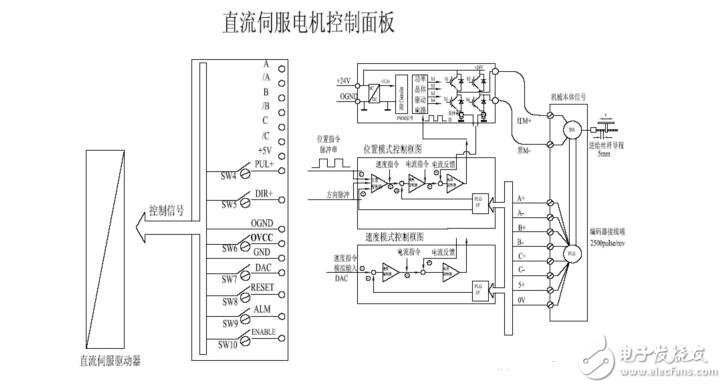
The M+, M-signal is the power line for the DC brushless servo motor and is used to drive the motion of the motor.
The A+, A-, B+, B-, C+, C-, 5+, 0V signals are encoder signals that are used to feed back the actual position of the motor shaft.
A, /A, B, /B, C, /C, +5V, PUL+, DIR+, OGND, OVCC, GND, DAC, RESET, ALM, ENABLE are control signals connected to the controller.
Its meaning is:
A, /A, B, /B, C, /C are the encoder signals that the driver feeds back to the motion controller.
+5V is the power supply.
PUL+, PUL- is a pulse signal for motor control in position mode.
DIR+, DIR- is the direction signal for motor control in position mode.
OGND, OVCC, and GND are analog ground, analog power and digital ground.
The DAC is the analog control signal that the driver accepts, typically ranging from -10V to 10V.
RESET, ALM, and ENABLE are control signals that indicate the reset, alarm, and enable functions of the drive.
DC servo drives typically have a speed control mode and a position control mode.
When using the position mode, the input control signal is pulse and direction (either positive and negative pulse). When using the speed mode, the input control signal is analog. The driver converts the input signal into a speed control signal, which is converted into a current control signal by a speed controller. The current signal is applied to the output module of the power expansion module through a PWM loop and finally applied to the motor.
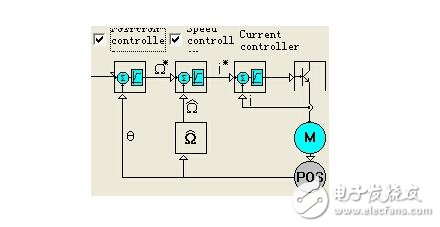
DC servo drive adopts IDM intelligent servo drive
IDM240/640 is an embedded intelligent, high-precision, all-digital servo drive that can drive square wave or sine wave brushless servo motor (PMSM), DC servo motor, and can form up to 256 via CAN or RS-485 interface. The axis's distributed intelligent network motion system, embedded in Advanced Programmable Motion Language (TML), offers a variety of advanced motion control and plc-specific functions.
The main features are as follows:
Distributed intelligence, single-axis master operation or slave axis mode
Control mode: position, speed, torque, voltage, external variable
Sport mode: Pulse + Direction, Electronic Gear, Profiling, Contouring
Programmable protection: position error, overcurrent, overvoltage or undervoltage, I2t,
DSP Control Technology: Based on MoTIonChipTM Technology
RS232/485 serial interface, baud rate up to 115KB
CAN2.0 local bus, compatible with CANopen, baud rate up to 1MHz
Output current: continuous current 5A/8A, peak current 16A,
Power supply voltage: 12-48VDC (IDM240), 12-48VDC (logic power supply) / 80V (motor) (IDM640)
Compact design: 136 x 84.5 x 26 mm
The control software uses Easy MoTIon Studio, and the control software features are as follows:
Advanced graphical evaluation and analysis programming tool EasyMoTIon Studio platform to quickly set the motor, drive parameters and programming motion program, TML_LIB function library is a function library of intelligent servo drive to perform motion control applications on PC, in C / C + +, Basic, Delphi, After the LabVIEW development application calls the .DLL file in the library, it can directly communicate with the driver, set parameters, query status, transfer commands, define motion events, and test the status of input and output ports.
Starter Kit for IDM640: Contains the complete components of the drive, including an IDM640 drive, a motor, an I/O board, EasyMoTIon Studio software, and application help and complete documentation. It is the ideal experimental platform for testing your motion control program. Both are included in a ready-to-run, plug-and-play component as described above.
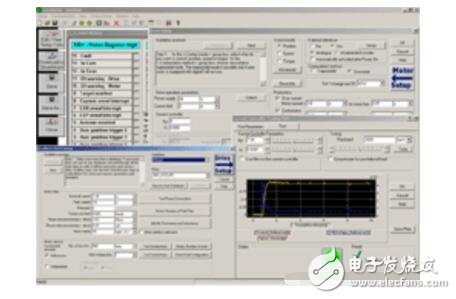
The DC servo motor consists of the following components:
Stator: Magnetic field - permanent magnet
Rotor: armature winding
Reversing: commutator and carbon brush
The DC power supply applied to the DC motor, by means of the action of the commutator and the brush, causes the current flowing through the armature coil of the DC motor to be alternating, so that the direction of the electromagnetic torque generated by the armature is constant. Make sure that the DC motor rotates continuously in the determined direction.
5
DC servo advantages:
• Precise speed control
• Torque speed characteristics are very hard
• Simple principle and easy to use
• price advantage
Disadvantages:
• Brush commutation
• Speed ​​limit
• Additional resistance
• Produces wear particles (for clean rooms)
Tact Switches
The Tact Switches, also called theTactile Push Button Switches, is used to meet the operating force to apply pressure to the switch operation direction. The switch function is closed and closed. When the pressure is released, the switch is opened, and the internal structure is realized by the force change of the metal shrapnel.
The Momentary Tact Switches has the advantages of small contact resistance, precise operating force error, and diversified specifications.We have a variety of Mini Tact Switches, including TK series, BP Series and other series. This Tactile Button offers many options on the item of circuit, comprising a single pole, single throw switch, or a single pole, double throw, double action switch.
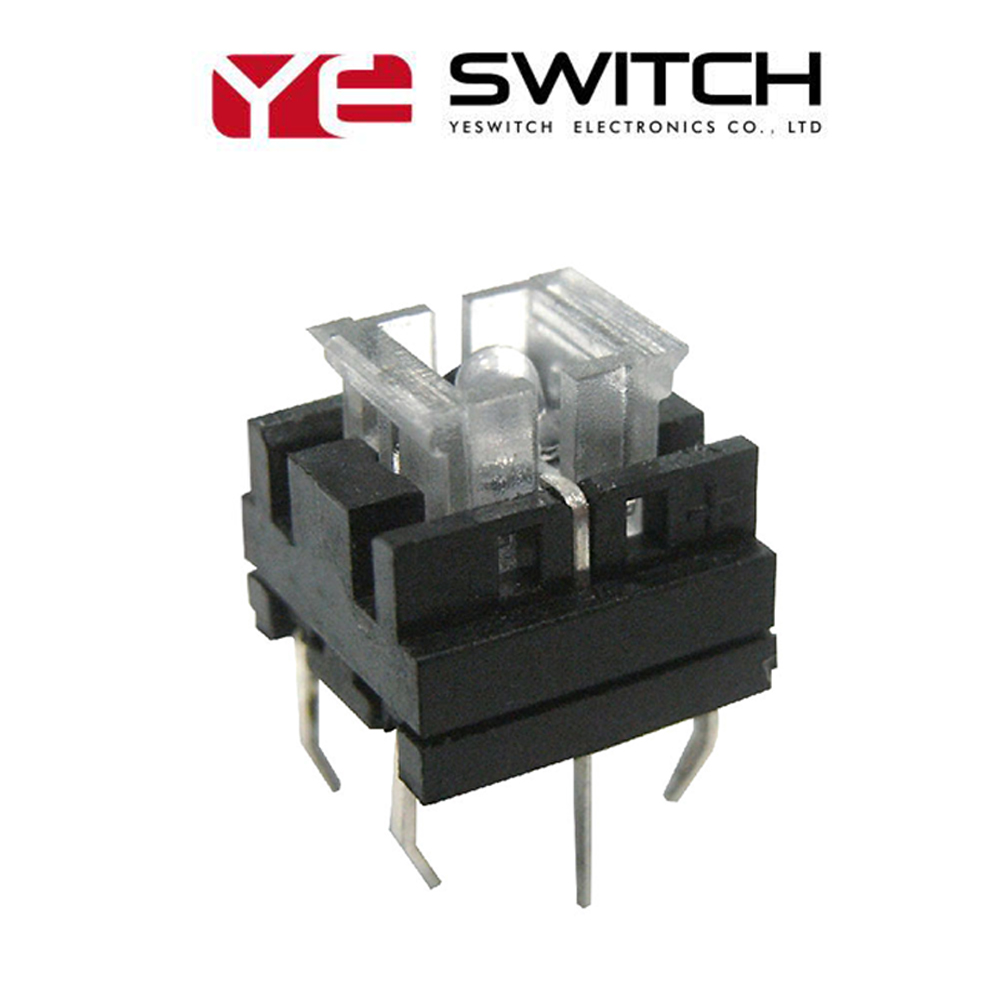
This Push Button Switches that is PCB mounted and has a long travel. The distinctive feature is the double action of the double throw switch; It will actuates when press mid-travel and , then continue pressing for another actuation at full travel.
The applications of this LED light Switches is including Audio and video products, digital products, remote controls, communication products, household appliances, security products, toys, computer products, fitness equipment, medical equipment, counterfeit pens, laser pointers, etc.
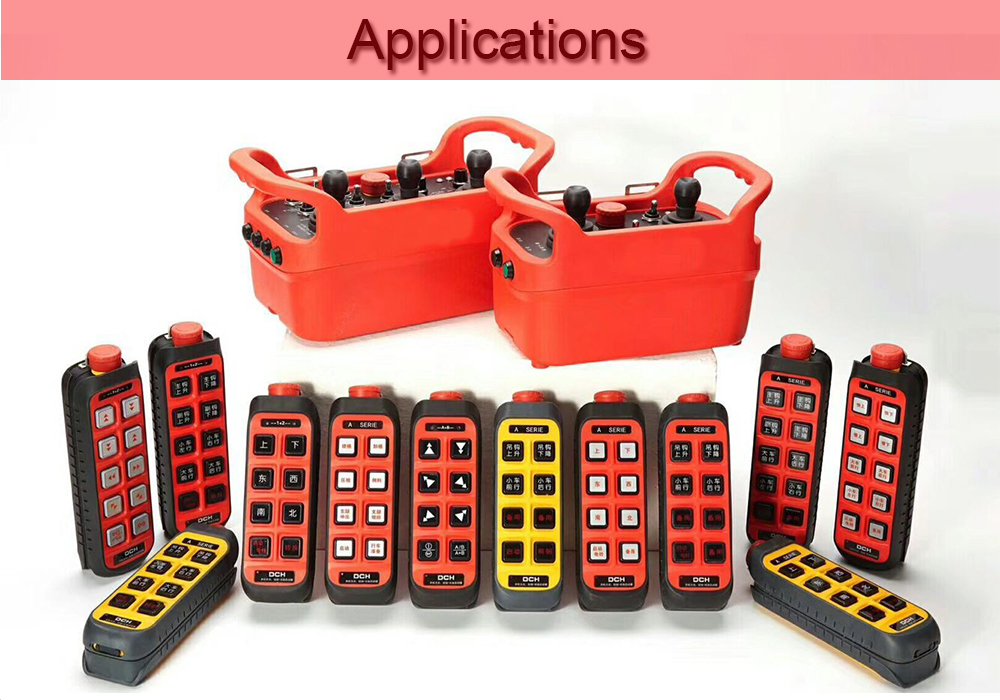
Micro Switches,Mini Switches,Micro Limit Switch,Micro Switches Types
YESWITCH ELECTRONICS CO., LTD. , https://www.yeswitches.com